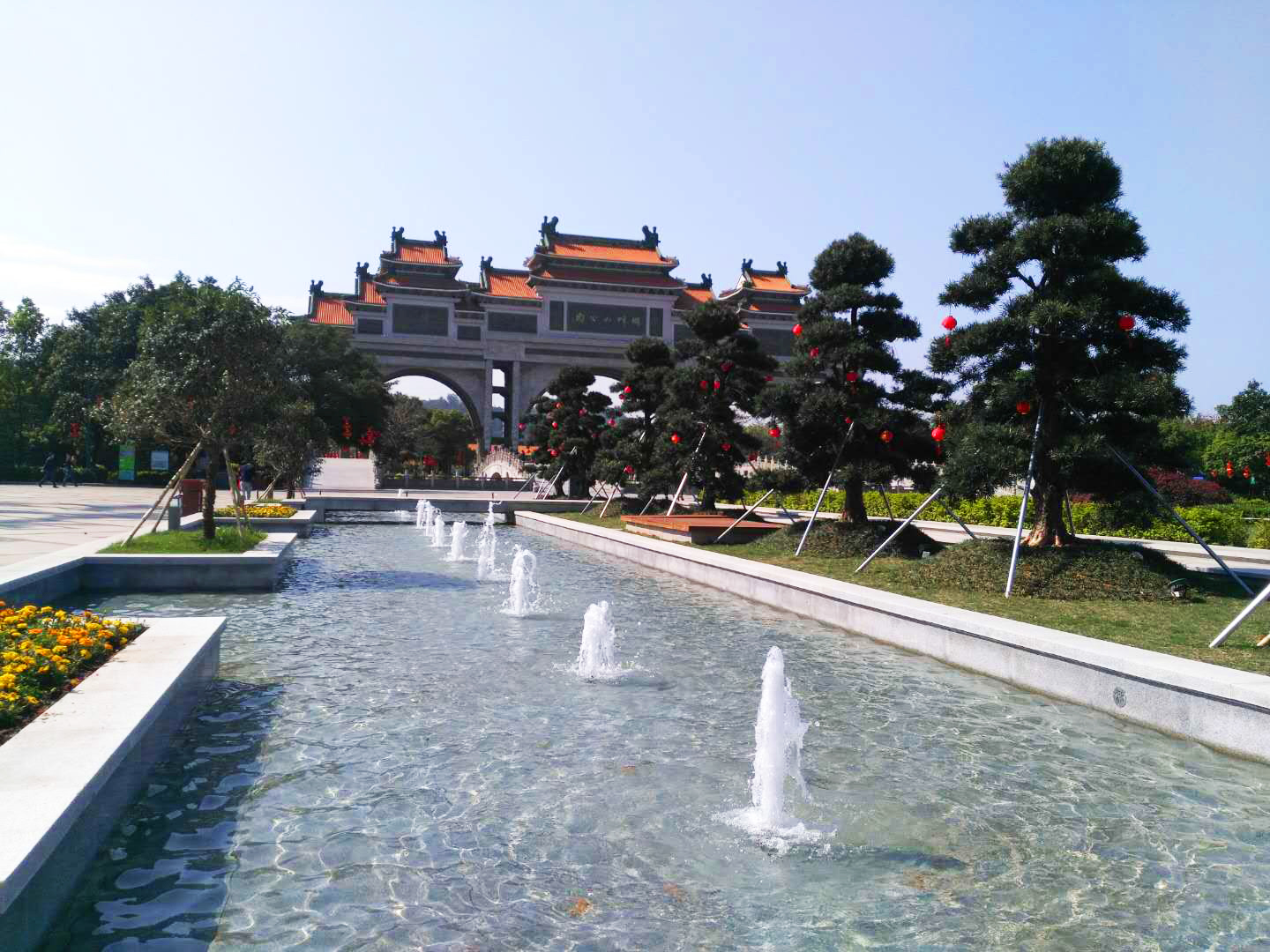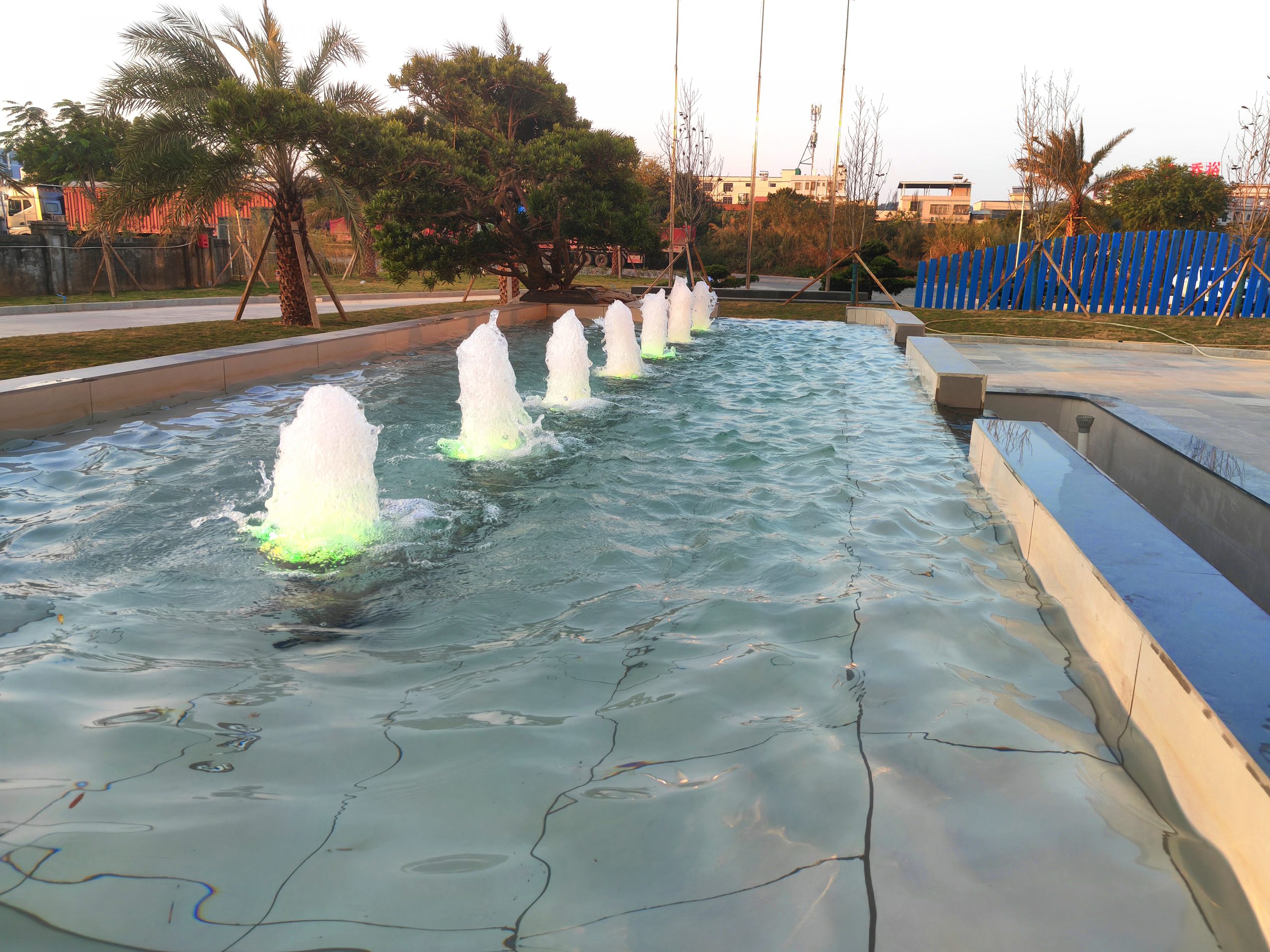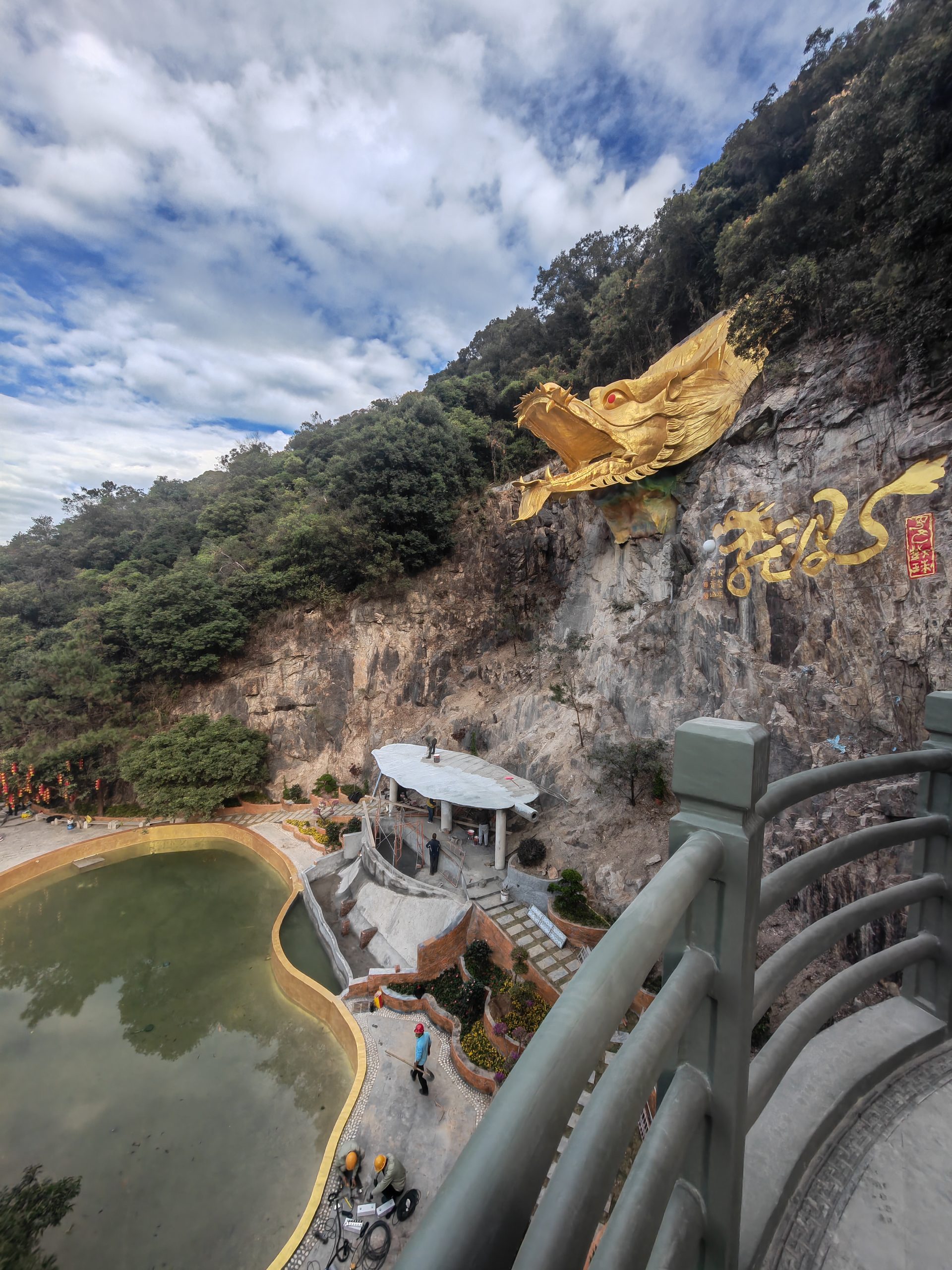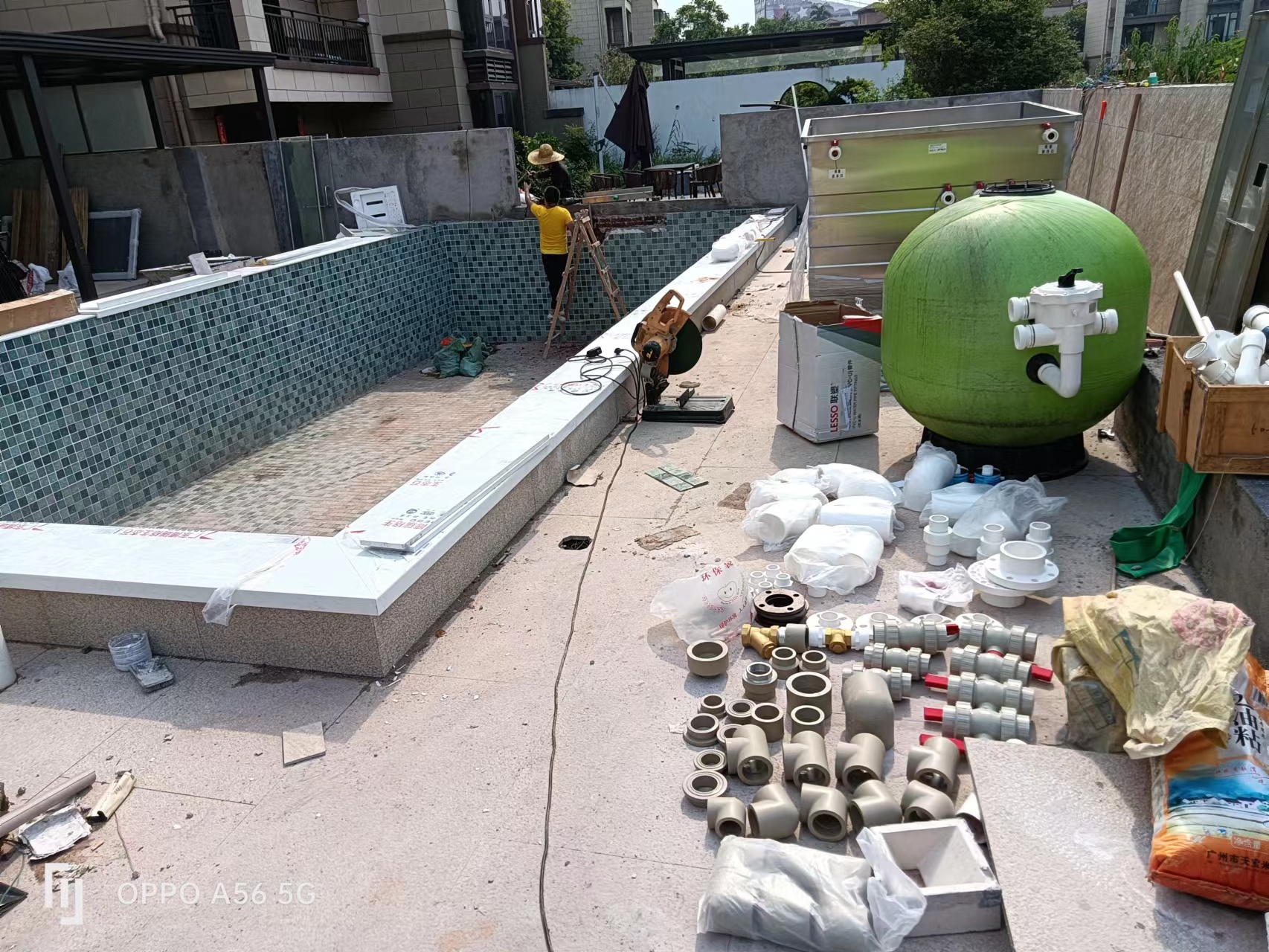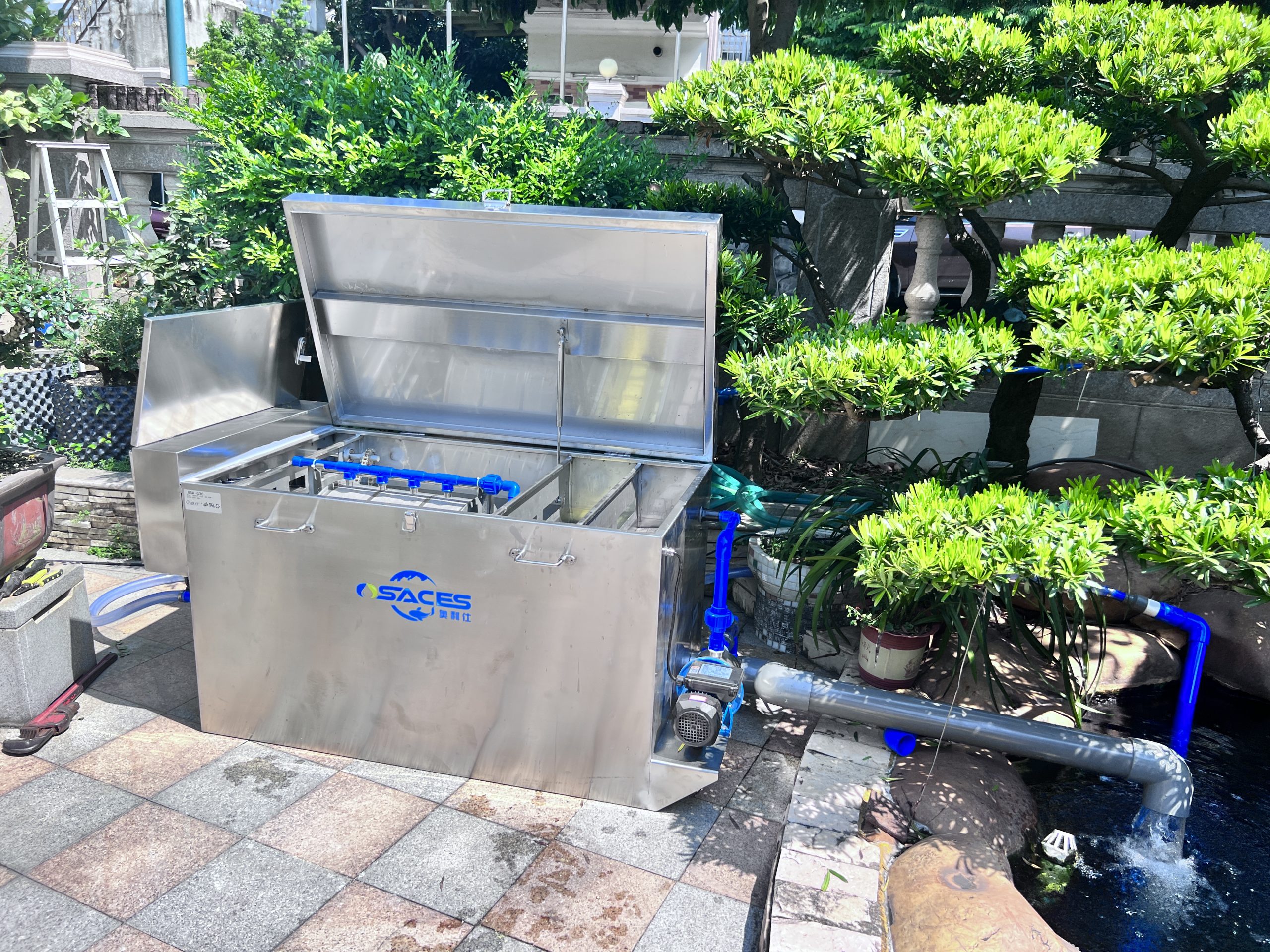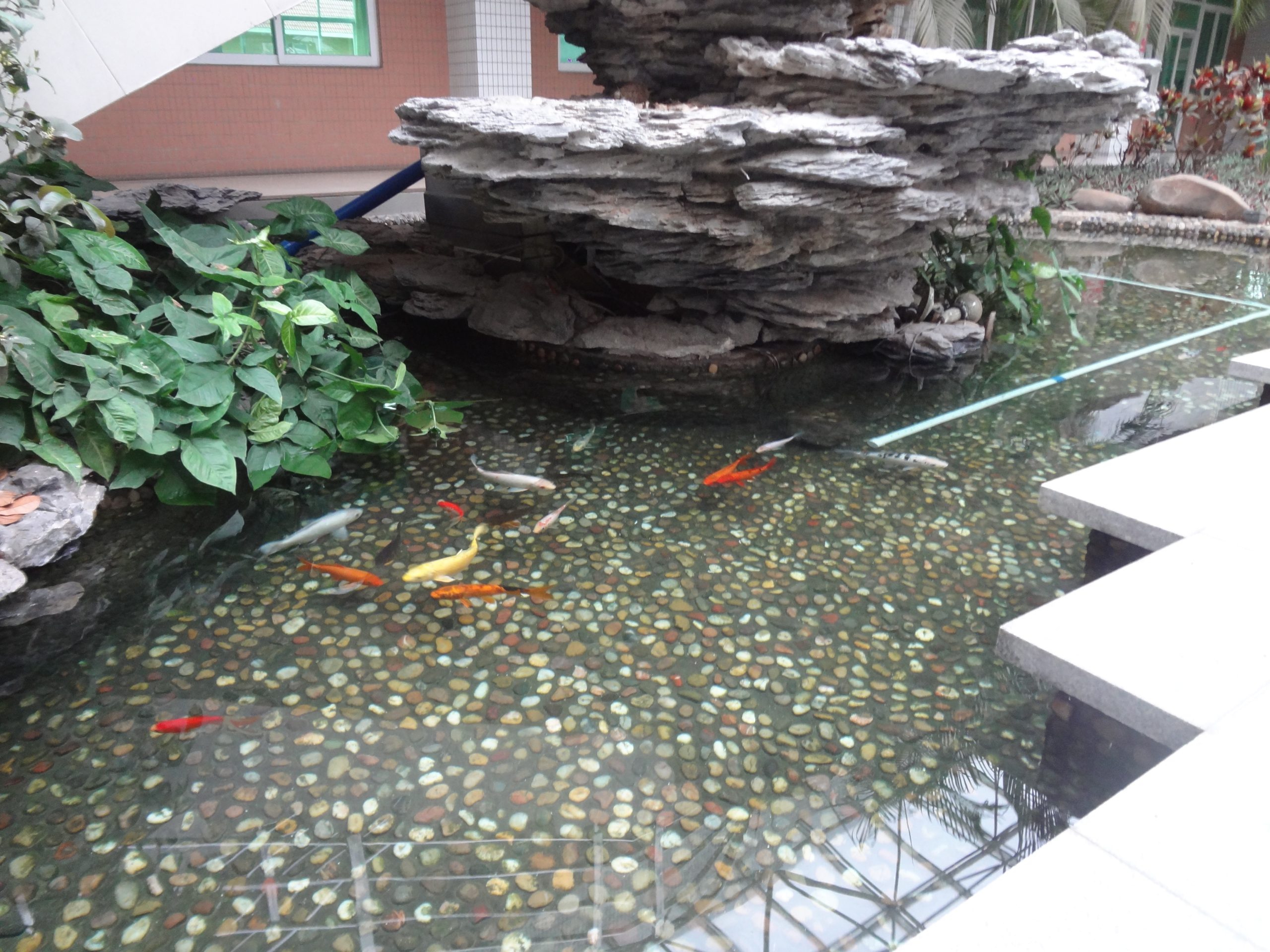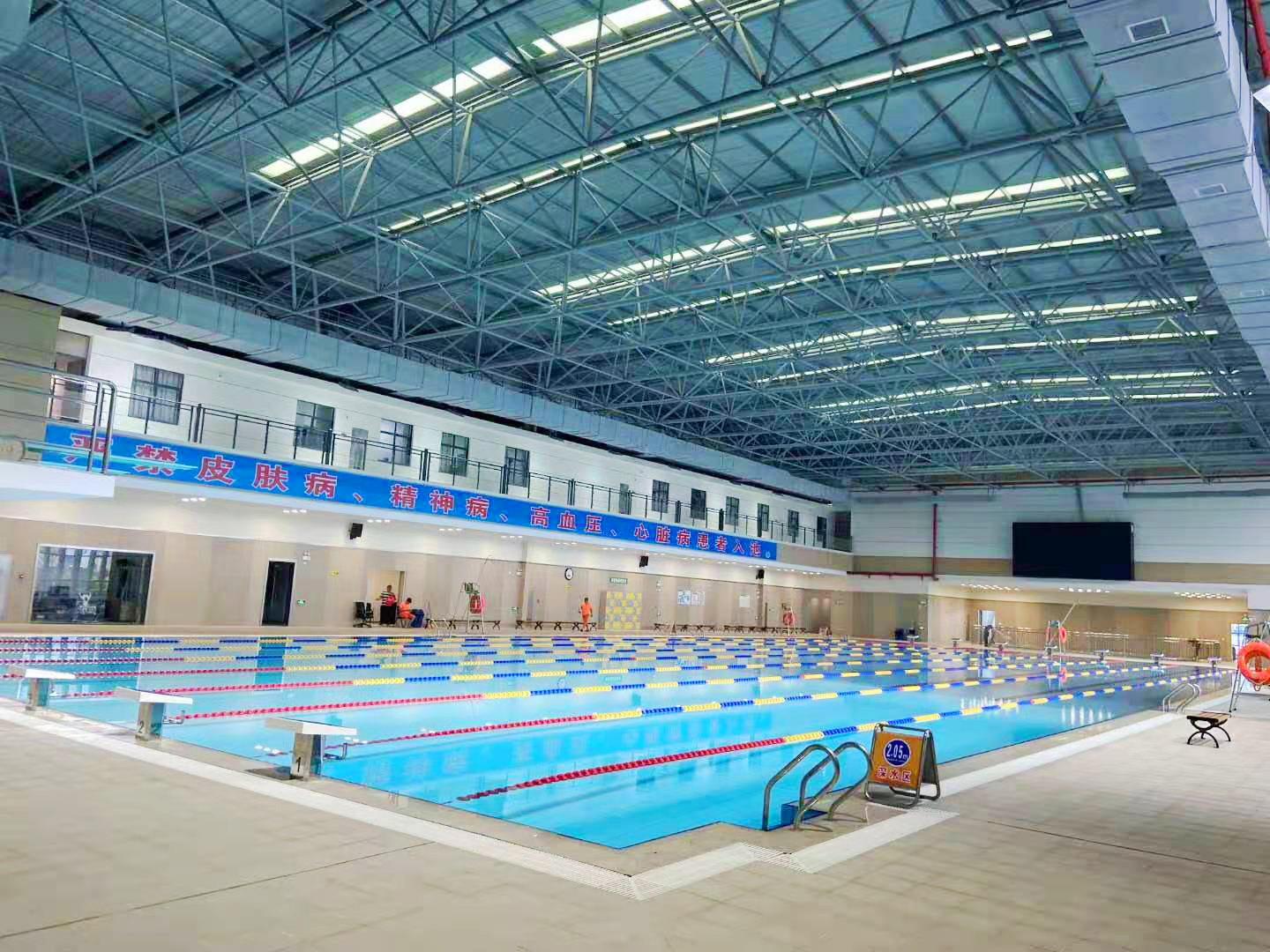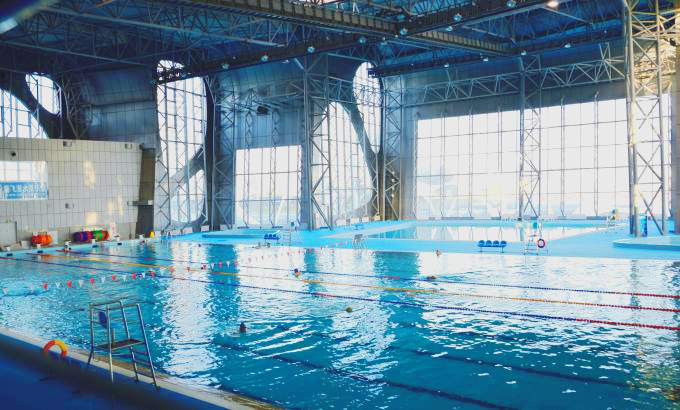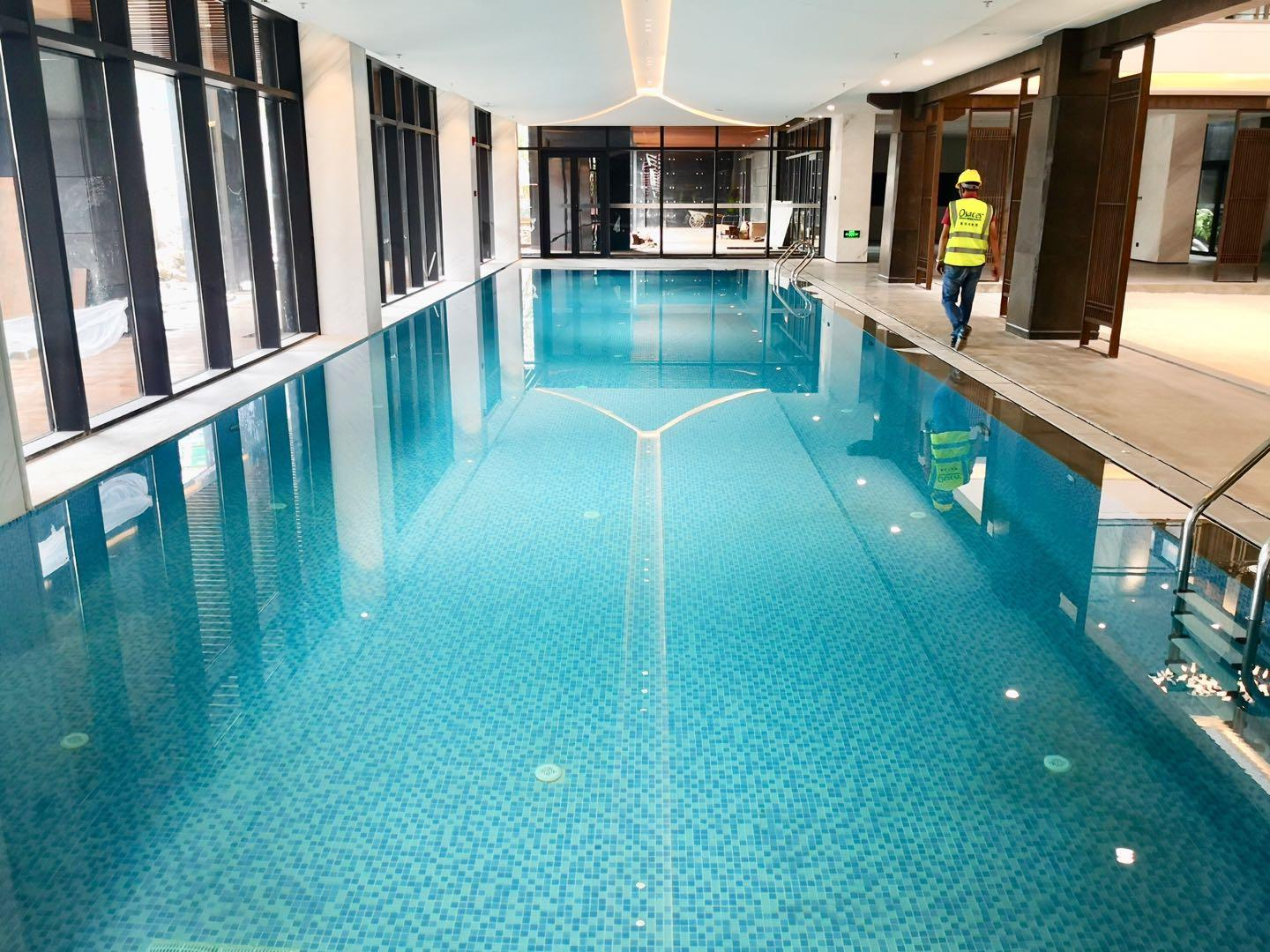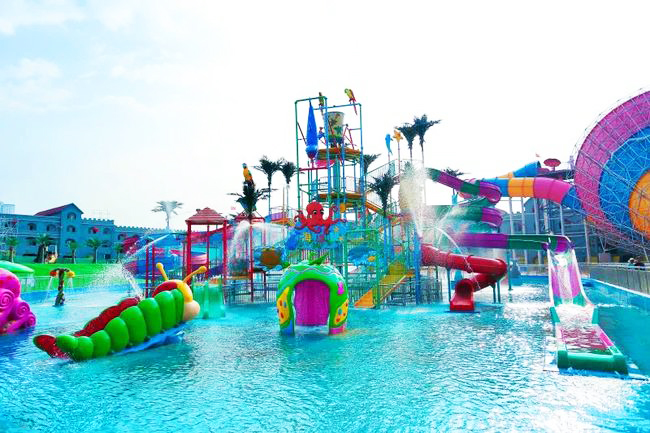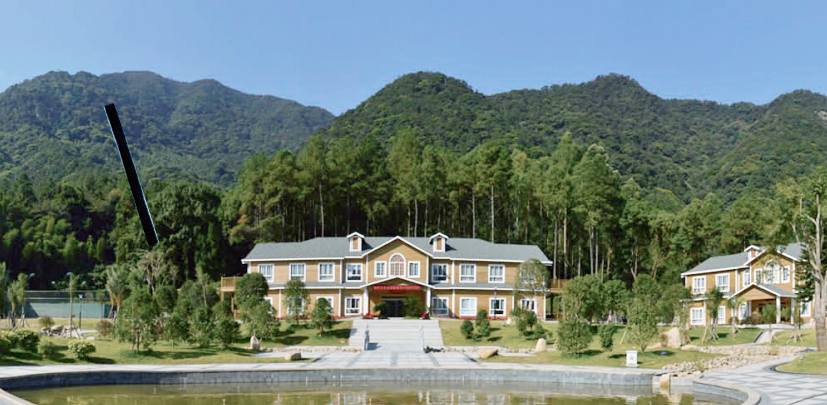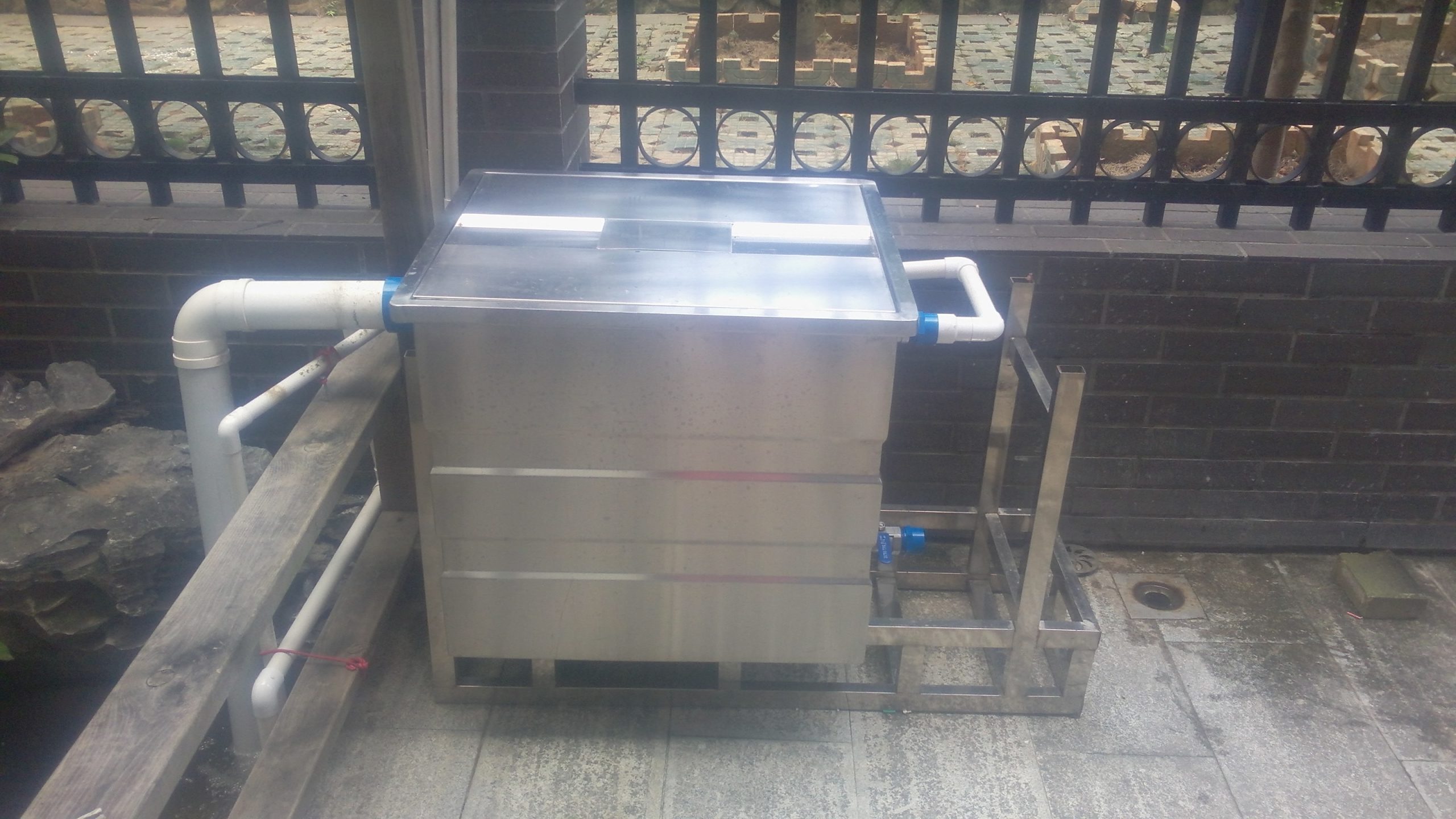common problems
contact details
 Ollies (Guangzhou) Recreation and Sports Equipment Co.
Ollies (Guangzhou) Recreation and Sports Equipment Co.Tel: (020) 82686289
Fax: 020-82694853
Headquarter: No.31-37, Xincun 2 Road, Shangjiang North Street, Dongzhou Village, Xintang Town, Zengcheng City, Guangzhou, Guangdong, China
Industrial solutions for fish pond water quality management: How to break through the bottleneck of traditional operation and maintenance of filtration systems?
--Energy Consumption Reduction 50%, O&M Costs vs. Ecological Benefits of the Technology Game
First, the four major pain points of traditional fish pond operation and maintenance
-
The high energy consumption trap
- Traditional water exchange relies on high-power pumps with frequent water replacement, and electricity costs account for as much as 40%-60% of the total cost (in the case of a 100m³ fish pond, for example, the annual electricity consumption is >3000 kWh).
- Intermittent aeration resulted in sharp fluctuations in dissolved oxygen (DO) (2-8 mg/L), increased fish stress, and decreased 15%-20% growth rates.
-
biofilm failure crisis
- Physical filtration unit clogged with high frequency of manual cleaning (1-2 times per week), destroying the nitrifying bacterial colonies colonization, nitrite (NO₂-) easy to accumulate exceeding the standard (>0.2 mg/L).
-
chemical dependence disease
- The misuse of algaecides and disinfectants disrupts the microbial balance of the water column, triggering the growth of drug-resistant pathogenic bacteria (e.g. Aeromonas hydrophila) and increasing fish mortality.
-
negative ecological externality
- Water exchange discharges wastewater containing nitrogen and phosphorus (TN>5 mg/L, TP>1 mg/L), leading to eutrophication of the surrounding water bodies and the risk of penalties under environmental regulations.
Second, the circulation filtration system of the "industrial-grade breakthrough" logic
1. Modular design: graded treatment, precise consumption reduction
- physical segment: AdoptionCyclone separator + self-cleaning screenCombined, pre-separation of large particles of impurities by centrifugal force (≥2000 rpm) reduces filter cotton clogging by 701 TP3T and pump power demand by 301 TP3T.
- biological segment: IntroductionMoving Bed Biofilm Reactor (MBBR)In addition, by replacing the traditional ceramic ring with a high-density polyethylene (HDPE) carrier (specific surface area ≥ 800 m²/m³), the nitrifying bacteria loading is increased by 3 times, and the HRT (hydraulic retention time) is compressed from 4 hours to 1.5 hours.
- Energy Recovery: Utilizing the siphon principle and gravity flow layout to reduce the pumping link, the overall power consumption of the system is reduced by 52% compared with the traditional scheme (measured data).
2. Intelligent control: from "empirical operation and maintenance" to "algorithm-driven"
- DO Adaptive Adjustment: Installation of optical dissolved oxygen sensors and linkage of variable frequency aerators to maintain DO stabilization at 5±0.3 mg/L and increase fish metabolic efficiency by 18%.
- AI Early Warning System: Predicts biofilm aging cycle through multi-parameter fusion analysis of pH, ORP (Oxidation Reduction Potential), and Ammonia Nitrogen (NH₃), automatically triggers backwash program, and reduces O&M labor cost by 60%.
3. Material innovation: long-lasting adsorption and regeneration cycles
- Modified zeolite: Enhancement of cation exchange capacity (CEC) from 2 meq/g to 5.2 meq/g, NH₄⁺ adsorption efficiency by 160%, and extension of regeneration cycle to 6 months were achieved by the acid etching + nano-iron loading process.
- photocatalytic filter: TiO₂ coated stainless steel mesh is excited by UV-A band, decomposing organic colloids and algae secretions, and chemical usage is reduced by 90%.
III. Case study: Cost-benefit analysis of a large-scale koi farm
- basic parameter: Fish pond volume 200m³, density 40 tails/m³, annual water exchange >1500 tons in traditional mode.
- Rehabilitation Program: Deployment of a recirculation filtration system (with MBBR + UV/O₃ advanced oxidation) with a total investment of 120,000 RMB.
- Operational Data::
- power consumption: Annual electric bill reduced from $21,000 to $0.98 million, saving 531 TP3T;
- water quality: TN stabilization ≤ 0.3 mg/L, TP ≤ 0.05 mg/L, and decreased fish morbidity 70%;
- economic gain: $150,000 in additional annual revenue due to improved survival (from 82% to 95%), with a payback period of <10 months.
IV. Conflict and balance: how to realize a win-win situation for both "cost reduction" and "ecology"?
- technical leverage: Byscale effectDilute the initial investment cost (>100m³ system unit cost reduction of 40%).
- policy dividend: Utilize environmental subsidies (e.g., carbon reduction incentives, water conservation certifications) to offset 20%-30% equipment purchase expenditures.
- long-tailed revenue: Low pollution emissions to circumvent environmental fines, higher brand premiums (e.g., green aquaculture certification), and higher market selling prices 15%-25%.
V. Future outlook: the leap from "industrial-grade" to "smart-grade"
- digital twin: 3D modeling to simulate water flow and bacterial distribution in real time and optimize the filter media arrangement strategy;
- photovoltaic coupling: Deploying flexible solar film in areas with sufficient sunshine, the system energy self-sufficiency can reach 80%;
- Flora Customization: Targeted breeding of low-temperature/high-salt-tolerant nitrifying bacteria based on macro-genome sequencing, expanding the applicable scenarios of the system (e.g., seawater aquaculture, low-temperature areas).
concluding remarks
Circulation filtration system is not a simple "equipment stacking", but a traditional aquatic operation and maintenance mode for theThe Underlying Logic Revolution--Through engineering design, the natural purification power is transformed into controllable productivity, and a golden balance is found between energy consumption, cost and ecology. When the industry is no longer stuck in the "water or dead fish" binary choice, aquaculture can truly enter a new era of green industrialization.
Data support: The case data in this paper are derived from the 2023 White Paper on Aquatic Recirculation System Technology in China and the author's field research, and the theoretical model refers to the MBBR optimization algorithm published in Water Research vol. 215 (2022).
Related content
- 泳池水循环系统养护指南,告别浑浊水质打造四季透亮“液态蓝宝石”
- From zero to professional: a complete guide to pool equipment configuration that even a beginner can understand
- The Golden Ratio of Swimming Pool Ventilation and Dehumidification Systems: The Balancing Act of Airflow, Humidity and Energy Consumption
- Specific benefits of dehumidifiers for new swimming pools
- Industrial solutions for fish pond water quality management: How to break through the bottleneck of traditional operation and maintenance of filtration systems?
- Theoretical and empirical study on the design of fish pond filtration system with ultra-volumetric capacity.
- Fish Pond Filter Professional Maintenance Guide
- Reveal the password of the top fish pond filtration: filter media layering golden ratio + anaerobic / aerobic area with strategy
